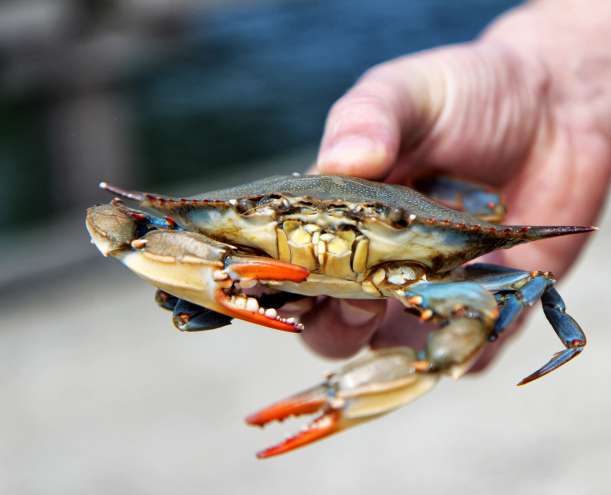Canadian snow crab season delayed

Because of the COVID-19 pandemic, the Canadian East Coast crab fisheries got off to a late start, and this may affect total supplies this year. Consequently, prices have gone up, as demand is still good, even though crab is now mainly sold through the retail sector.
Supplies
The Gulf of St. Lawrence and the Newfoundland and Labrador fisheries were off to a somewhat late start because of the COVID-19 pandemic. Because of this delay, it was speculated that the quotas might not be filled before the crab gets soft in mid-to-late June, as the number of active fishing days was reduced. The total allowable catch (TAC) in this region is 29 551 tonnes in 2020, up 10 percent from the previous season. In the southern Gulf of St. Lawrence fishing was well under way, and in this region the TAC was 31 340 tonnes, just slightly below the previous season. In the Atlantic Maritimes theTAC was set at 9 009 tonnes. Most of the early Canadian production was expected to be exported to the United States of America, as inventories have been low while supermarkets are featuring as much crab as possible for the summer season. In May and June 2019, the United States of America imported as much as 81 percent of Canada’s snow crab.
The COVID-19 pandemic is creating a number of problems for the crab sector in Canada. First of all, since foodservice and restaurants have been closed down, sales through these channels have been cut off, and this represents a large segment of the crab market. But in addition, foreign buyers, mainly from Japan and China, are not active. Banks are also holding back on credit in these uncertain times. In the middle of May, the snow crab fishery in Alaska’s Bering Sea was coming to an end, with total landings of 15 327 tonnes of the 15 431 quota. This quota was 23 percent higher than in previous seasons.
One solution to the problem of closed restaurants and foodservice outlets is the home delivery option. Established online sales nearly quadrupled during the COVID-19 pandemic. It may well be that the growth of home delivery is a permanent result of the pandemic.
International trade
Global trade in crabs was feeling the effect of COVID-19 during the first quarter of the year. Global imports of crab (all types) fell by 15.7 percent. China was hardest hit, with imports falling by over 40 percent to 11 653 tonnes. US imports, on the other hand, fell just very slightly by 1.1 percent to 16 685 tonnes, but there were some major changes among the suppliers. Russian shipments declined by 7.9 percent to 5 601 tonnes, while shipments from Indonesia and China were up by 24 percent and 23 percent, respectively.
There was a major drop in Russian crab exports during the first quarter of the year, from 10 685 tonnes in 2019 to just 6 724 tonnes in 2020 (-37.1 percent). The major markets, the Republic of Korea and China, both experienced strong declines: by 31.4 and 44.2 percent, respectively. China’s crab exports fell by 22 percent during the first quarter of 2020, to 12 035 tonnes. All major markets suffered declines in imports from China.
Prices
Canadian snow crab prices have been subject to significant increases in June. There was a shortage of supplies, and this pushed prices up. The price difference between smaller sizes (5 – 8s) and larger sizes (8 – 10s) are significant, and in line with the differences seen in previous years. For the larger sizes, prices are above the five-year averages, and they still seem to be going up. On the other hand, dealers of Chesapeake blue crab were fearing massive price reductions of as much as 30 percent when restaurants and foodservice closed down earlier in the year. However, sales through the retail sector have soared. Poor weather in April may have helped too, as this reduced supplies in the early season. Weather conditions coupled with good demand through the retail sector, have pushed prices up to record levels. There is still some fear that prices will drop again with warmer weather temperatures, which might improve the supply situation.
Outlook
Snow crab supplies appear to be ample, as the Alaska fishery delivered near the TAC level. However, the Canadian East Coast fishery was off to a slow start. Thus, total supplies may be a little tight in North America. Russian supplies, on the other hand, look good, even though crab shipments from the Russian Federation to the main markets (China, Republic of Korea and the United States of America) have been lower than last year. Blue crab supplies in North America have been tight because of bad weather, but also because of good demand through the retail sector.
The outlook for the rest of the year is uncertain, mainly because of the COVID-19 pandemic, which may flare up again in some markets, and thus negatively affect the market. However, consumer taste for crab is still strong, and prices are expected to be on the high side. Sales through the retail sector will probably grow.

